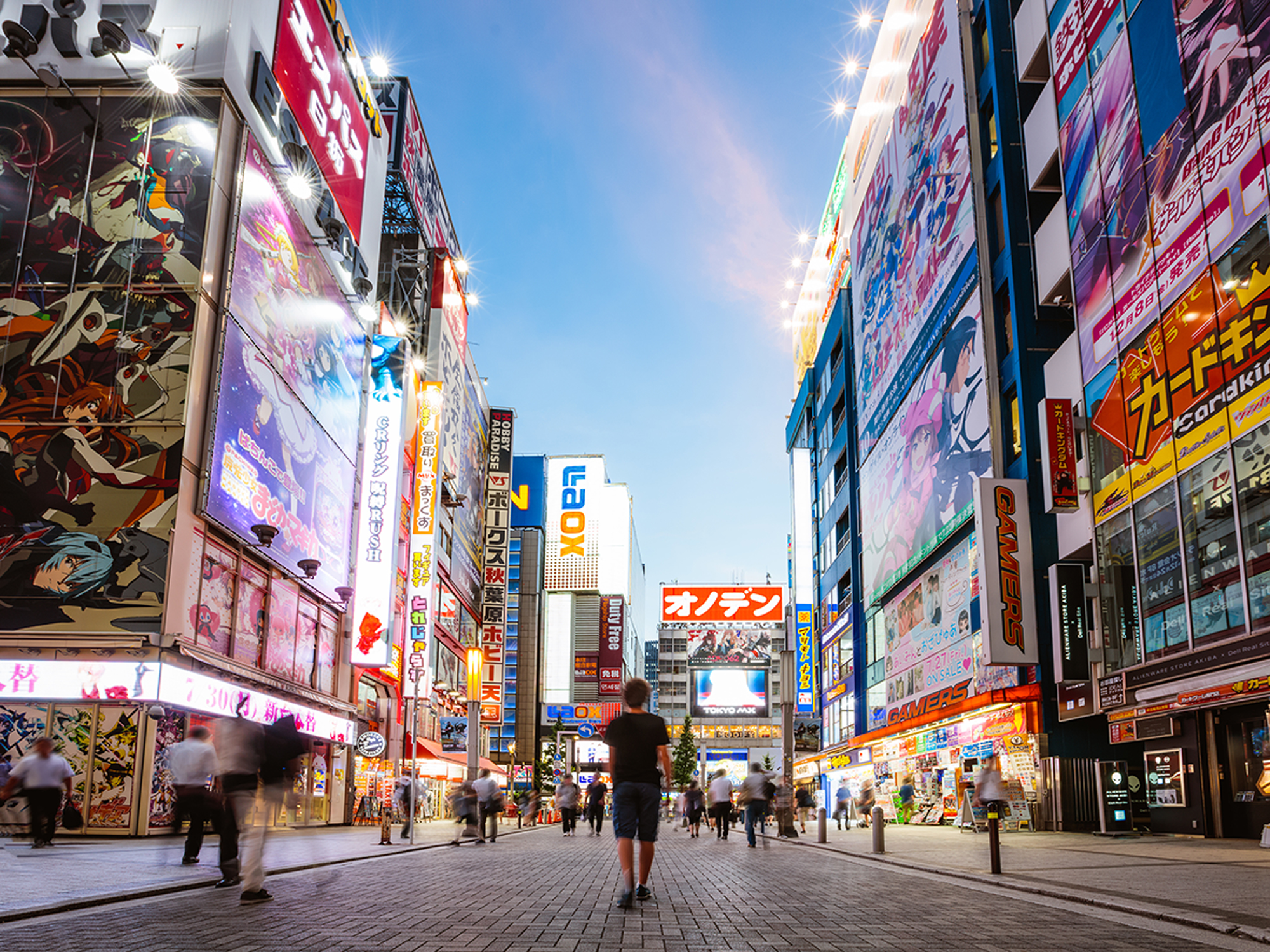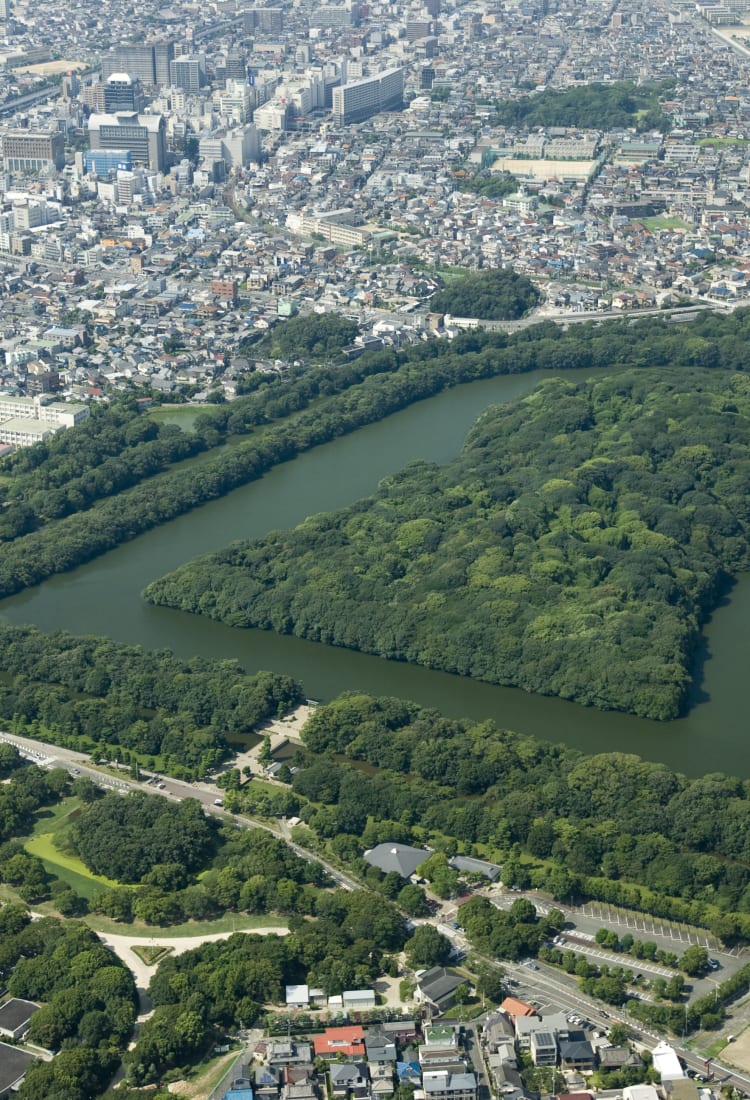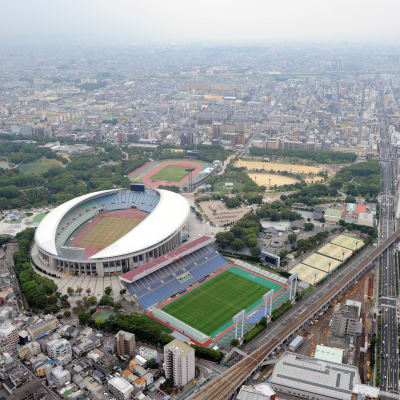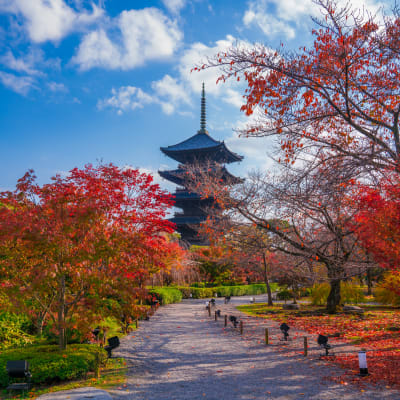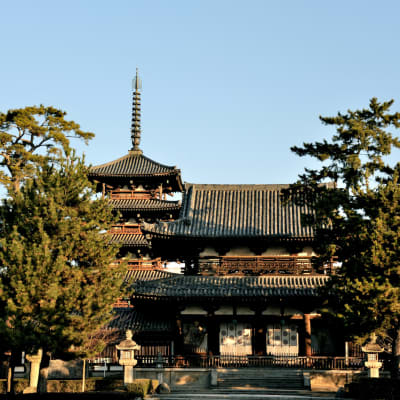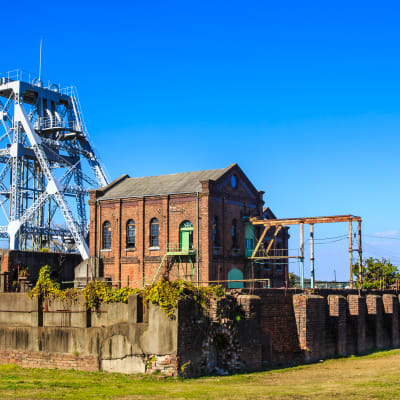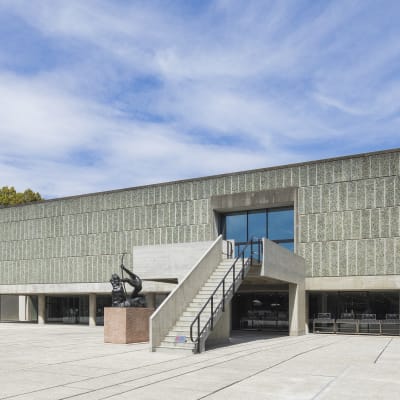The tombs of the rulers of ancient Japan, their families, and other important officials show the formation of a powerful and prosperous nation
At a distance, they look like wooded hillocks with oddly regular shapes, their deep green breaking up the urban sprawl of the Osaka Plain in Kansai . But these are tombs of the mighty. Known as kofun, these magnificent tombs are masterpieces of architectural and civil engineering, and have recently been inscribed on UNESCO's World Heritage List.
Highlights
- Strolling 2.8 kilometers around the Nintoku Imperial Tomb, one of the world's three largest tombs
- Seeing unglazed earthenware and haniwa terra cotta figures found in a burial mound at Osaka Prefectural Chikatsu Asuka Museum
The emergence of a governing state
Japan's tumulus culture arose during the middle of the 3rd century AD, the beginning of what became known as the Kofun period (mid-3rd to late 6th centuries). Osaka prospered as a trading center with the Asian continent, especially China and Korea. The royal tombs of these countries may have influenced Japan's burial mound culture.
The Mausoleum of Emperor Nintoku, said to be the final resting place of its eponymous royal, measures 486 meters in length and 34.8 meters in height. It is one of the three largest tombs in the world, along with the mausoleum of the first Quin emperor in China, and the Great Pyramid of Giza in Egypt.
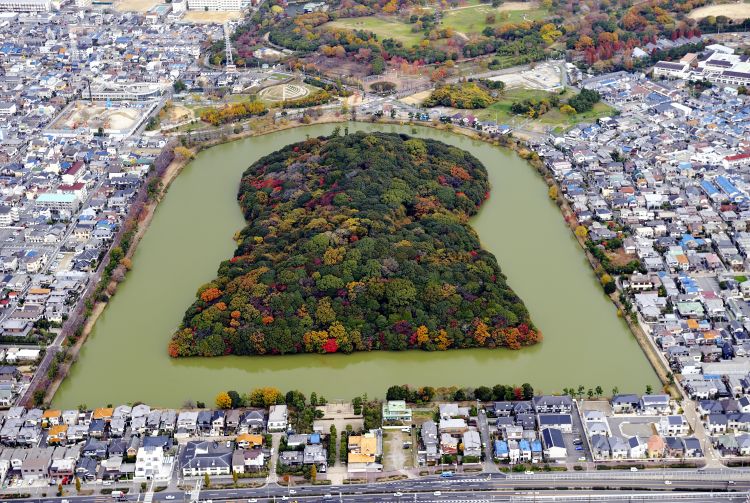
A keyhole to the life of emperors
The 49 burial mounds are in two clusters—the Mozu tombs are in Sakai and the Furuichi cluster straddles Habikino and Fujiidera.
The tombs of Emperor Nintoku in Sakai and Emperor Ojin (200-310) in Fujiidera and Habikino were both built in the 5th century, the height of the kofun-building trend. These and the other burial mounds are now covered with trees and dense vegetation, and some are ringed by moats. The builders chose elevated sites so that the kofun had even greater prominence.
The four tumulus shapes—keyhole, scallop shell, square and round—present a hierarchy of rank in descending order. The keyhole-shaped tombs have a signature form found only in Japan. The tombs attest to the socio-political structure, social stratification, and highly sophisticated funerary system of the period.
Evidence of unique funerary rites
Cylindrical earthenware called haniwa were arranged in burial mounds. Haniwa clay figurines were made in the shape of soldiers, horses, and armaments. The Mausoleum of Emperor Nintoku had many haniwa. Some estimate that the construction of the tomb took nearly 16 years, and mobilized more than 2,000 laborers each day.
Along with remains, the burial mounds contained a number of other items, including iron armor and swords, gilt bronze harnesses and accoutrements, and jades and other material. Many of these items indicate the growing trade with other powerful Asian nations, perhaps as far as Persia.
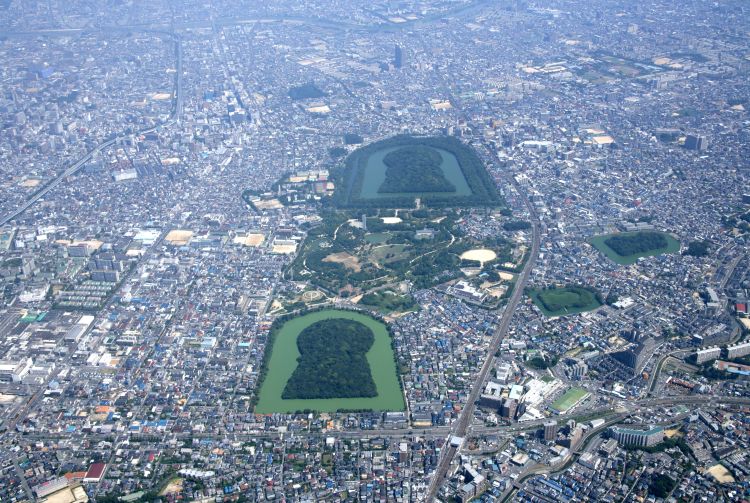
Sky-high views
The 21st-floor observatory in Sakai City Hall offers a 360-degree panoramic view of the city from a height of 80 meters. Visitors can spot landmarks including the Daisen Kofun and its satellite tombs, the Abeno Harukas building, Mt Ikoma, Mt Kongo, and Mt Rokko.
More history just down the road
The kofun is on the Takenouchi Highway, Japan's oldest major road, along which you will find historical sites such as temples connected to Prince Shotoku (574-622). Fujiidera Temple, the fifth site on the Saigoku 33 Kannon Pilgrimage, was established in 725 at the command of Emperor Shomu (701-756). The temple holds a National Treasure-designated sculpture of the goddess Kannon, with a thousand arms and eleven heads.
How to Get There
The Mozu kofun (Sakai) are on the coast, while the Furuichi tombs (Habikino and Fujiidera) are 10 kilometers inland to the east.
You can reach Mozu Station, on the JR Hanwa Line, from either Kansai International Airport or Shin-Osaka Station in around 50 minutes by train. The Furuichi kofun are best accessed from either Hajinosato or Furuichi stations on the Kintetsu Minami-Osaka Line, about an hour away from Shin-Osaka Station.
Photos courtesy of Sakai City, The Imperial Household Agency

















































